American auteur Paul Thomas Anderson delivers a wildly entertaining, visually stunning, and politically resonant action-drama with One Battle After Another.
Warning: This piece discusses key themes and plot points of One Battle After Another.
Any Paul Thomas Anderson film should be regarded as a cinematic event. The meticulous director makes movies so rarely that each new release feels momentous and more exciting than the last. We’ve endured quite the drought since Licorice Pizza in 2021, but because it was released at the height of the pandemic, many filmgoers never had the chance to experience its wild, nostalgic coming-of-age story on the big screen.
Fortunately, Warner Bros. Pictures Philippines is giving Anderson’s latest work the celebration it deserves, promising local audiences a knockout experience at the cinema, even going as far as releasing it in IMAX: a fitting format for a film this entertaining and visually striking. One Battle After Another, the absurd yet brilliant action-drama starring Leonardo DiCaprio, Sean Penn, Benicio Del Toro, Teyana Taylor, Regina Hall, and newcomer Chase Infiniti, opens in local theaters today, and it’s very much worth watching.
READ ALSO: Lav Diaz’s “Magellan” Is Breathtaking, But Also Flawed
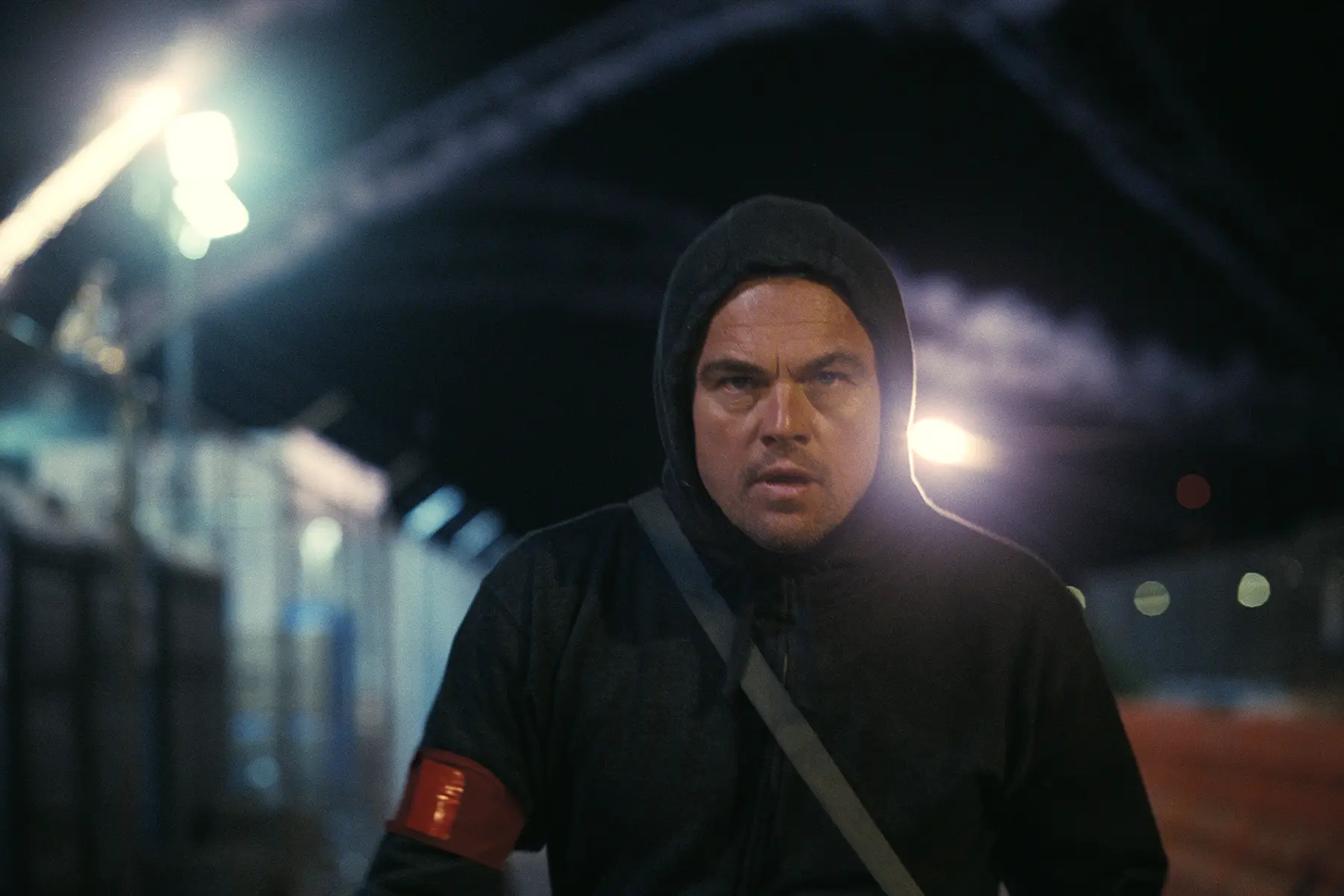
The Vision Of A Truer Autuer
Loosely based on the postmodern novel by Thomas Pynchon (let’s just say it captures the spirit of the book), One Battle After Another opens with a string of revolutionary acts carried out by the radical group French 75—from freeing undocumented immigrants from detention centers to blowing up public property. Among its members are bombmaker Bob Ferguson (Leonardo DiCaprio) and his wife, the intense and fiercely passionate Perfidia Beverly Hills (Teyana Taylor). When the ruthless Colonel Lockjaw (Sean Penn) develops a dangerous obsession with Perfidia, the group unravels. Perfidia strikes a deal with Lockjaw, entering witness protection as an informant; meanwhile, Bob is left to raise their newborn daughter, Willa (played later by Chase Infiniti), going into hiding under assumed names in Texas.
Fifteen years later, Col. Lockjaw resurfaces, suspecting that Willa may, in fact, be his own child—a roadblock that hinders him from climbing the ranks of an autocratic, white supremacist society. He assembles a violent army of soldiers and hitmen to track her down, forcing Bob and Willa to flee for their lives while confronting their past. At nearly three hours long, the film may seem intimidating, but any hesitation melts away once it begins. The pacing is quick, the craftsmanship meticulous, and the performances magnetic, making the experience extremely absorbing. This is the kind of film that strikes the rare balance between arthouse daring and mainstream appeal, and is arguably Anderson’s most accessible work to date.
But even so, while One Battle After Another possesses more mainstream allure than the filmmaker’s past work, it retains the qualities that affirm him as one of cinema’s great auteurs. His flair for photography and dynamic camera work (shot by recent collaborator Michael Bauman of Licorice Pizza) is beautifully displayed, most notably in his painstakingly choreographed Steadicam tracking shots that heighten tension throughout the film. We also see his signature use of shallow focus, stark silhouettes, and bold contrasts in color—visual flourishes that not only distinguish his films, but also serve the story. Complementing this is superb sound design, sharp film editing, and above all, a brilliant score by longtime collaborator Jonny Greenwood. The unsettling music doesn’t just accompany the film: it gives it a pulse, a distinct identity, and an added layer of narrative depth.
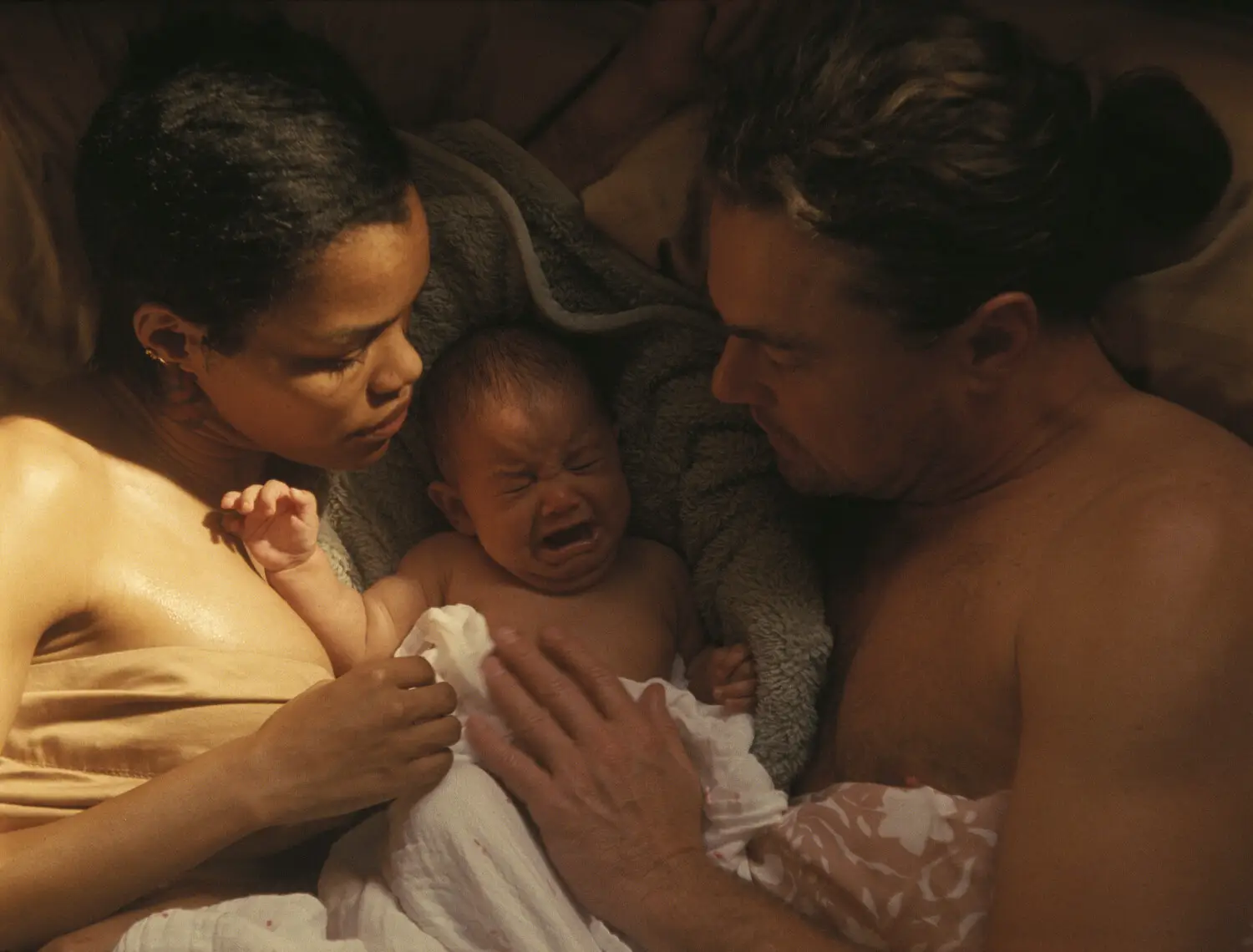
The Ensemble Of One Battle After Another
Let’s not forget the compelling themes that set Anderson apart, mainly his fascination with deeply flawed characters. This is evident in One Battle After Another, where the screen is filled with colorful personalities that make every frame feel alive. At the center is former revolutionary Bob Ferguson: once a passionate fighter, now a paranoid alcoholic and drug addict whose odyssey to find his daughter is not only fraught with violence, but also his own self-inflicted haze (having smoked a bit too much weed before everything went down).
Fortunately, Leonardo DiCaprio makes Bob unforgettable. As he did in Once Upon a Time…in Hollywood (2019), he proves his flair for comedy, playing it with a straight face while never tipping into exaggeration, embracing the absurdity enough for audiences to laugh with him. Comedy remains one of his strongest, most underused gifts, and more directors should tap into it because he’s brilliant. His performance here also underscores his impeccable taste in projects: yes, the great auteurs seek him out, but the roles he ultimately chooses show a willingness to shed vanity and push himself into stranger, more rewarding territory. If he keeps working with filmmakers like Anderson, his career will only continue to flourish. As Bob, DiCaprio delivers what feels like a sure bet for his eighth Oscar nomination.
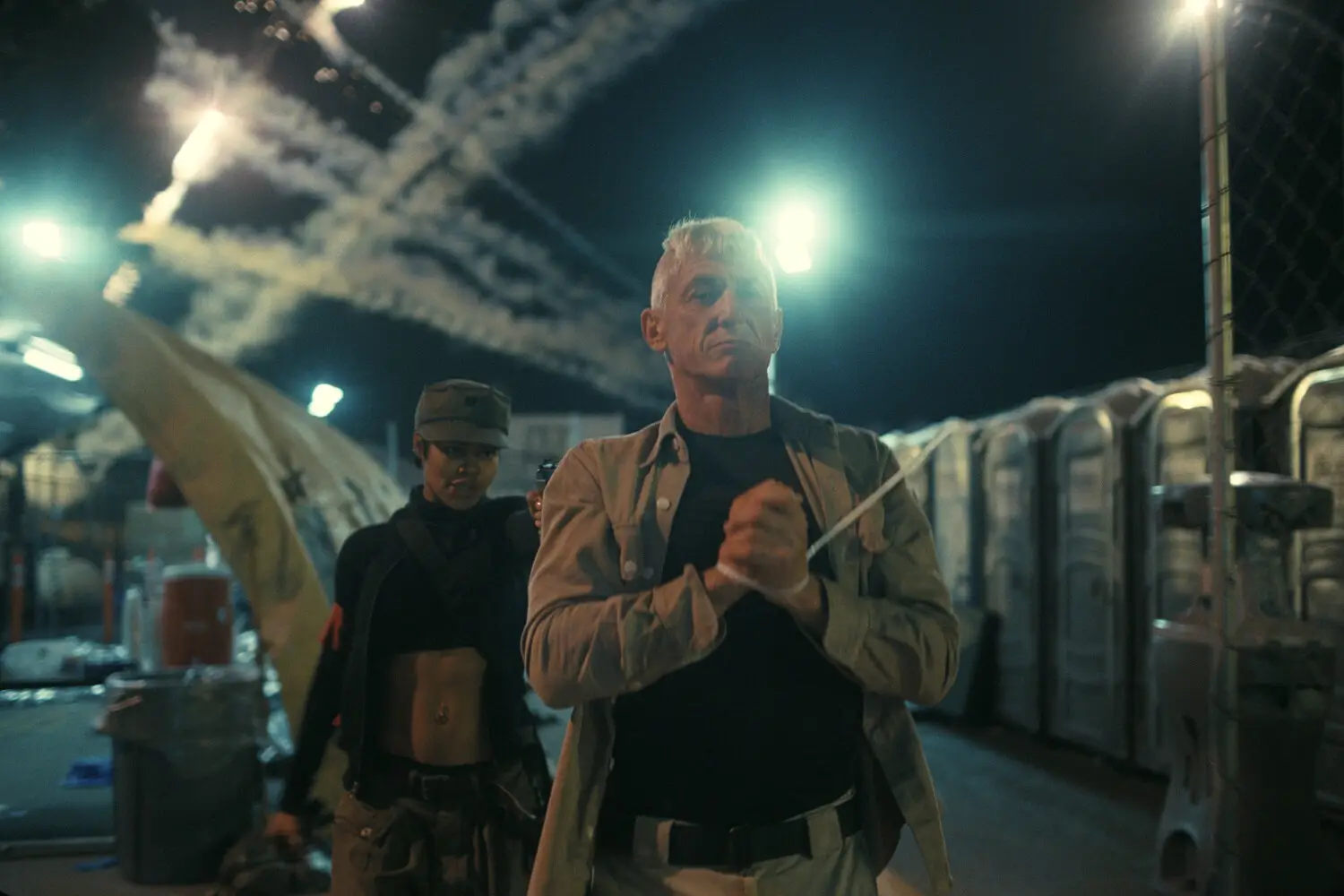
Surrounding DiCaprio is a praise-worthy supporting cast, which Anderson reliably attracts by virtue of his reputation alone. The standout (who may even outshine DiCaprio) is Sean Penn as Col. Lockjaw: an army officer whose relentless presence may just put him in the running for the Best Supporting Actor Oscar. On paper, it’s already a meaty role—he’s the central villain with plenty of wild moments that make him unforgettable. But it’s what Penn adds that elevates it. The tics (the way he contorts his face while listening to others), the oddly deliberate blinks, and the twitch of his mouth are all hardly subtle, yet perfectly suited to a character whose threatening intensity leans into satirical and ridiculous.
Penn also has a gift for grounding outlandish dialogue, delivering lines that sound at once preposterous and startlingly natural. His turn in One Battle After Another is, dare we say, brilliant, scene-stealing work from an actor who seems perpetually on his A-game, even in weaker projects. And here, in a film worthy of his talents, he seizes the opportunity to shine, making Col. Lockjaw one of the most unforgettable characters of his career.
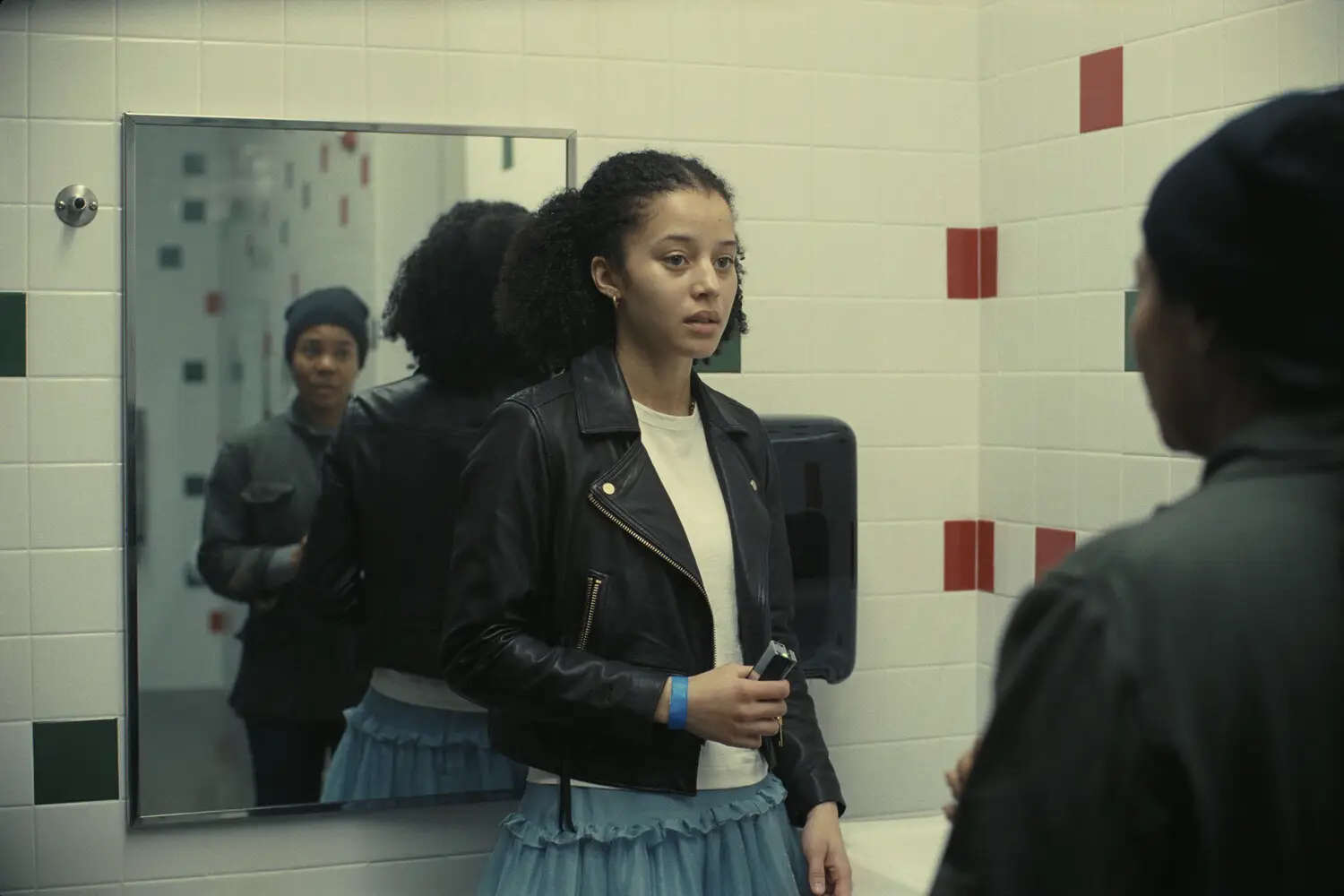
The women of the film all deliver terrific performances. Regina Hall may be underutilized as a revolutionary, yet she proves once again that she’s not only a gifted comic actress but also a strong dramatic performer deserving of meatier, substantial roles. Hopefully, Anderson gives her more to work with in the future. Teyana Taylor, as the wonderfully named ex-revolutionary Perfidia Beverly Hills, is fiery and magnetic—we miss her presence the moment she leaves the screen about an hour into the film.
Most impressive, though, is Chase Infiniti (in her feature film debut) as Bob and Perfidia’s strong-willed, spirited daughter, Willa. A newcomer to film, she holds her own against an ensemble of cinematic heavyweights. That’s hardly surprising under Anderson’s expert direction, but her natural talent and screen presence are undeniably remarkable. Critics are bound to take notice, and it wouldn’t be a stretch to call her breakout turn here the year’s true “star is born” moment.
READ ALSO: 6 Theaters In Manila Where You Can Host Private Screenings
Politically-Charged Cinema
Beyond the absurdity of its characters, its action-packed adventure, and the brilliance of its filmmaking, One Battle After Another also feels like a timely work of cinema—one that’s anything but frivolous. Anderson is never heavy-handed with his themes; the film unfolds naturally, holding up a mirror to America today—a fractured nation where supremacists wield terrifying power, institutions crumble, and ordinary people struggle to survive. It’s a reality where white men commit great crimes and walk away unscathed, where racial cleansing feels as easy as doing the laundry, all of it embodied most chillingly in the fanaticism of Col. Lockjaw and the US army.
The chaos faced by immigrants and people of color is palpable, reinforced by recurring imagery of deportations and displacement running throughout the film. Nothing is black and white. People of color work to protect each other, develop their own systems of survival: and while they’re constantly subjected to a world of violence and oppression, they’re never passive victims. That said, the film doesn’t hesitate to lay down the complexities of this ecosystem: people turn on each other, even fellow immigrants, in a desperate need to either assimilate or fight what shackles them.
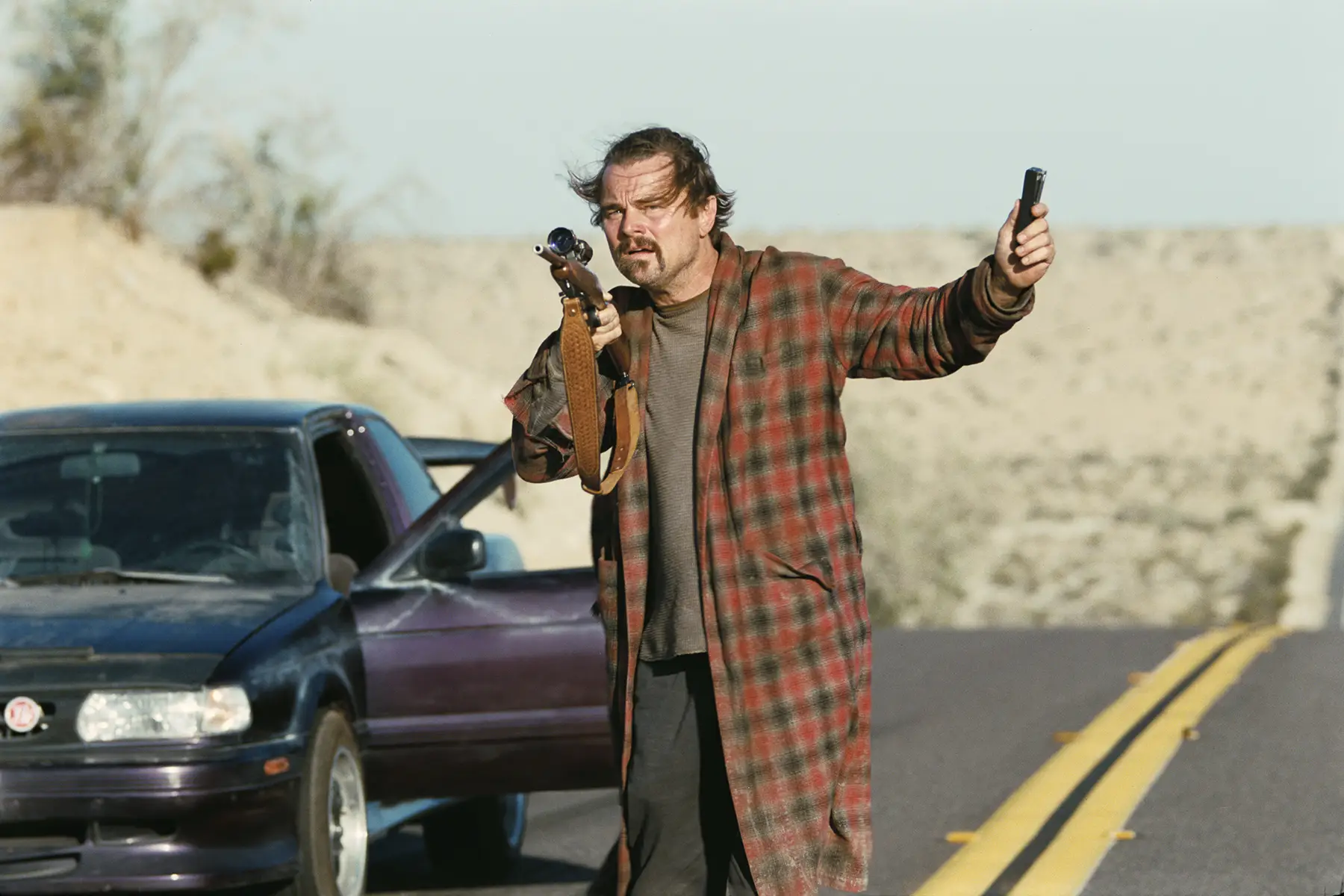
The allusion to Trump-era politics can’t be ignored, but the strength in One Battle After Another‘s storytelling lies in how it trusts its realities to speak for themselves. Anderson offers no solutions to the ugliness he portrays; but his choice to confront it makes the film not just entertaining, but also contemporary, relevant, and unabashedly political without losing nuance—turning what could’ve otherwise been a slick, action-packed Hollywood romp with little substance into a work that delivers a clear, piercing message without having to scream.
Films have always been a window into the cultural zeitgeist of a generation, but this has largely been lost in recent years to a wave of quick, money-making franchise entries and AI-generated schlock. Luckily, we still have filmmakers like Anderson, who understand the true power of cinema: it can comment, provoke, and reflect society, but it must first and foremost remain a visual art form with real entertainment value. One Battle After Another is proof of that balance, and a reminder of why we go to the movies in the first place. See you at the cinema!
“One Battle After Another” is now in cinemas. Rated R-16
Banner image courtesy of Warner Bros. Pictures





